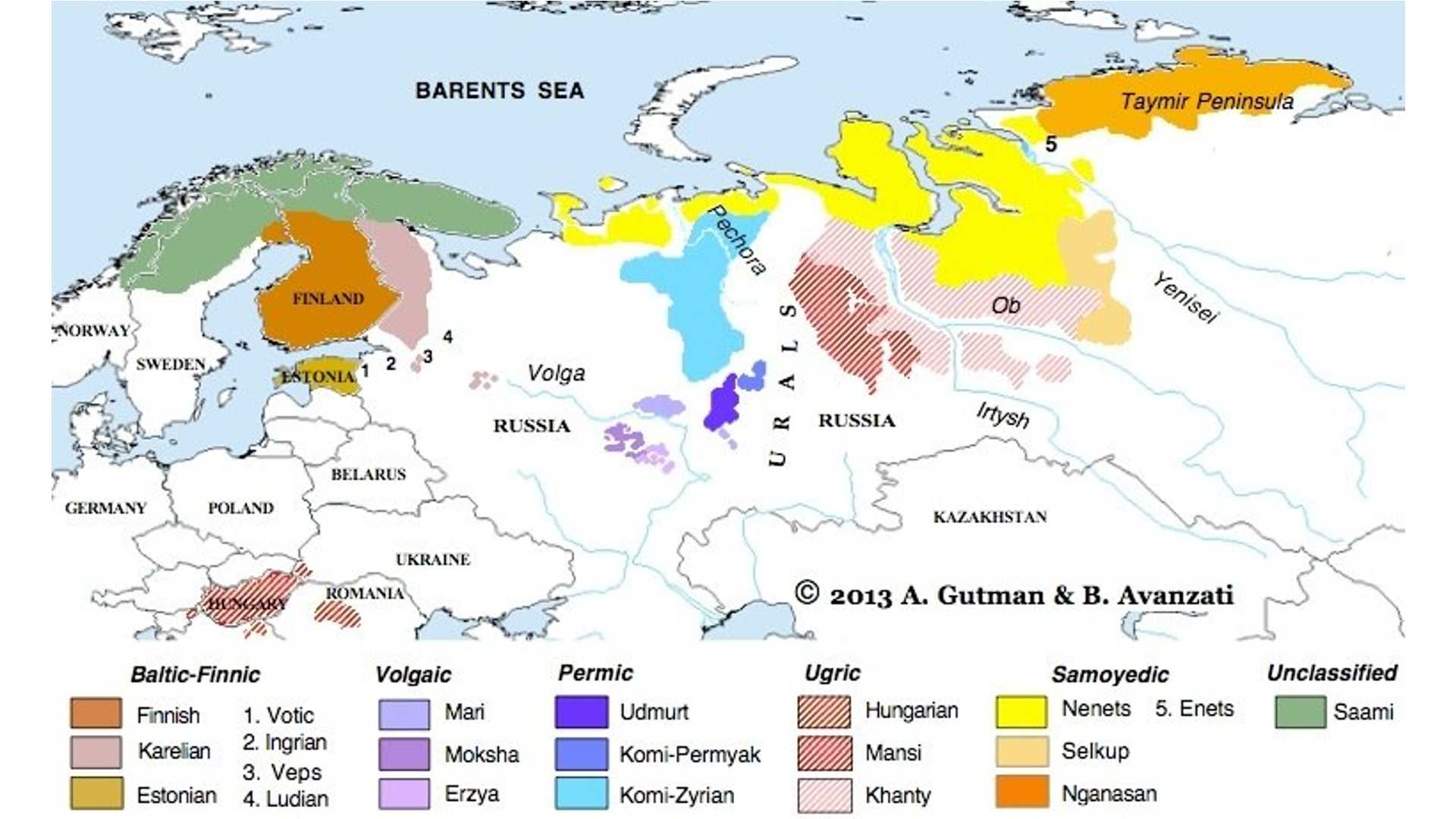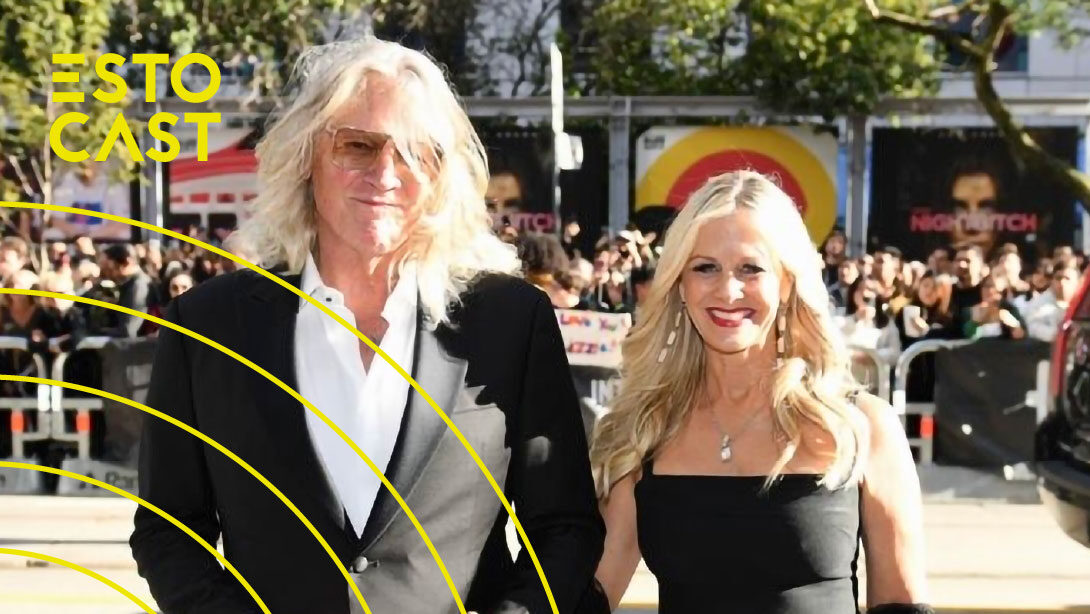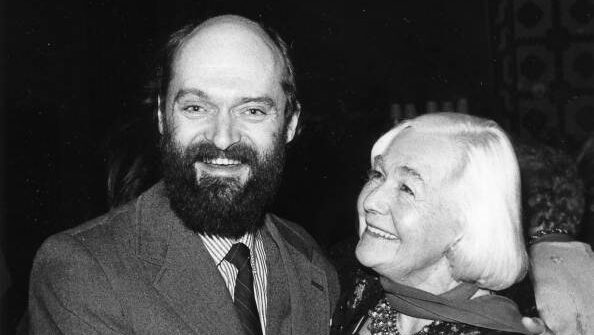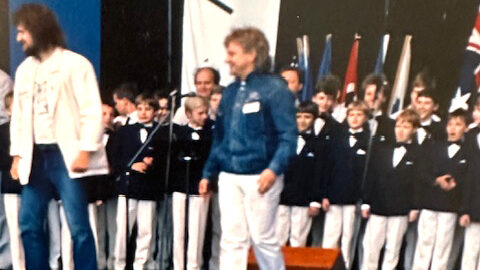This accounts for at least 20 different languages. Estonian is one of these, with 1.1 million speakers. Then there's Finnish, with just under five million speakers as of 2019. Speakers of Hungarian make up the largest percentage of this language family, with 13 million speakers.
What about the seven million who speak other Uralic languages, though?
Among these are Karelian and Veps languages, from the area east of Finland. Sami languages are spoken across Norway, Sweden, Finland, and Russia. In western Siberia, there's the Khanty language. Variations occur within languages, too, such as Tundra and Forest Nenets, languages that are part of the Samoyedic branch of the Uralic language family. There are up to 34 different Uralic languages.
The grouping of these languages is not random. Yet, it's difficult to find linguistic similarities, at least in terms of vocabulary, to Estonian. Beyond Estonian's similarities to Finnish, Hungarian also possesses words that are close. Kéz is “hand” in Hungarian (käsi in Estonian). Hal means “fish” (kala in Estonian). Jég means “ice” (jää in Estonian).
A 2012 research paper from the Institute of the Estonian Language in Tallinn and the University of Tartu showed parallels in words for colours like “purple” (lilla in Estonian, lila in Hungarian) and “pink” (roosa in Estonian, rózsa-szín in Hungarian). This might be one of those surprising times where familiar Latin and Greek sounds nestled their way into Uralic words.
Then there are instances of Uralic words finding their way into other languages, like the word “parka.” The word first appeared in English texts in Samuel Purchas' 1625 book on world history. But its etymology leads us to the aforementioned Nenets language.
While some Uralic languages are endangered, new voices are emerging who have taken an active interest in these cultures. One musician, Bizzo (also known as Evgeny Anyamov), raps in Mansi, a language with similarities to the Khanty language.
In a 2020 interview with Árpád Váldazs, he told the story of how he started to learn Mansi after finishing school. He created a one-off rap track in Mansi, and a video to go with it. When it became popular, people were curious about how he was able to learn the language, who had taught him, and such. He was invited to Khanty-Mansi Autonomous Okrug to sing and rap for others to hear for themselves.
Váldazs himself, the one who interviewed Bizzo, creates many videos that open discussions about these people and their languages. He is a speaker of the Erzya language from Mordovia. He also made a trip to Estonia for the latest Laulupidu, showing his devoted interest in Uralic cultures.
Anthropological connections that were founded by tribes moving west from the Ural mountains thousands of years ago are still alive. Imagine what these ancestors would have to say about such a connection existing after so long!
This article was written by Vincent Teetsov as part of the Local Journalism Initiative.




